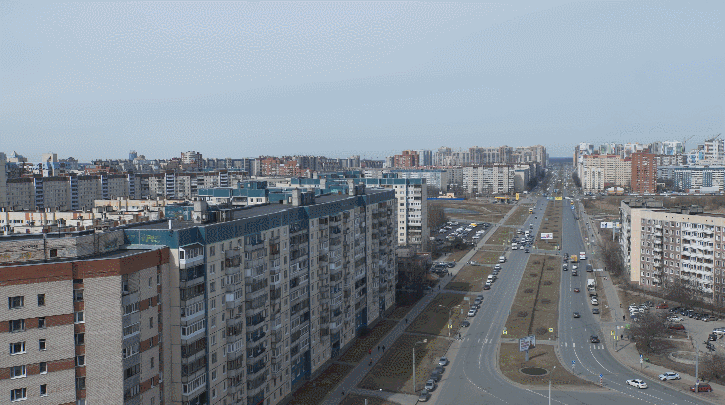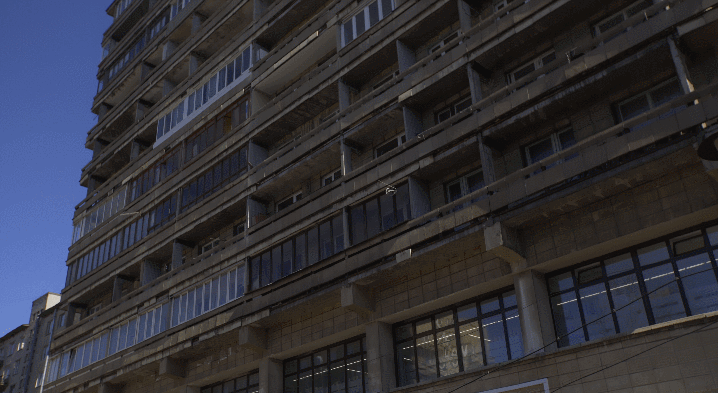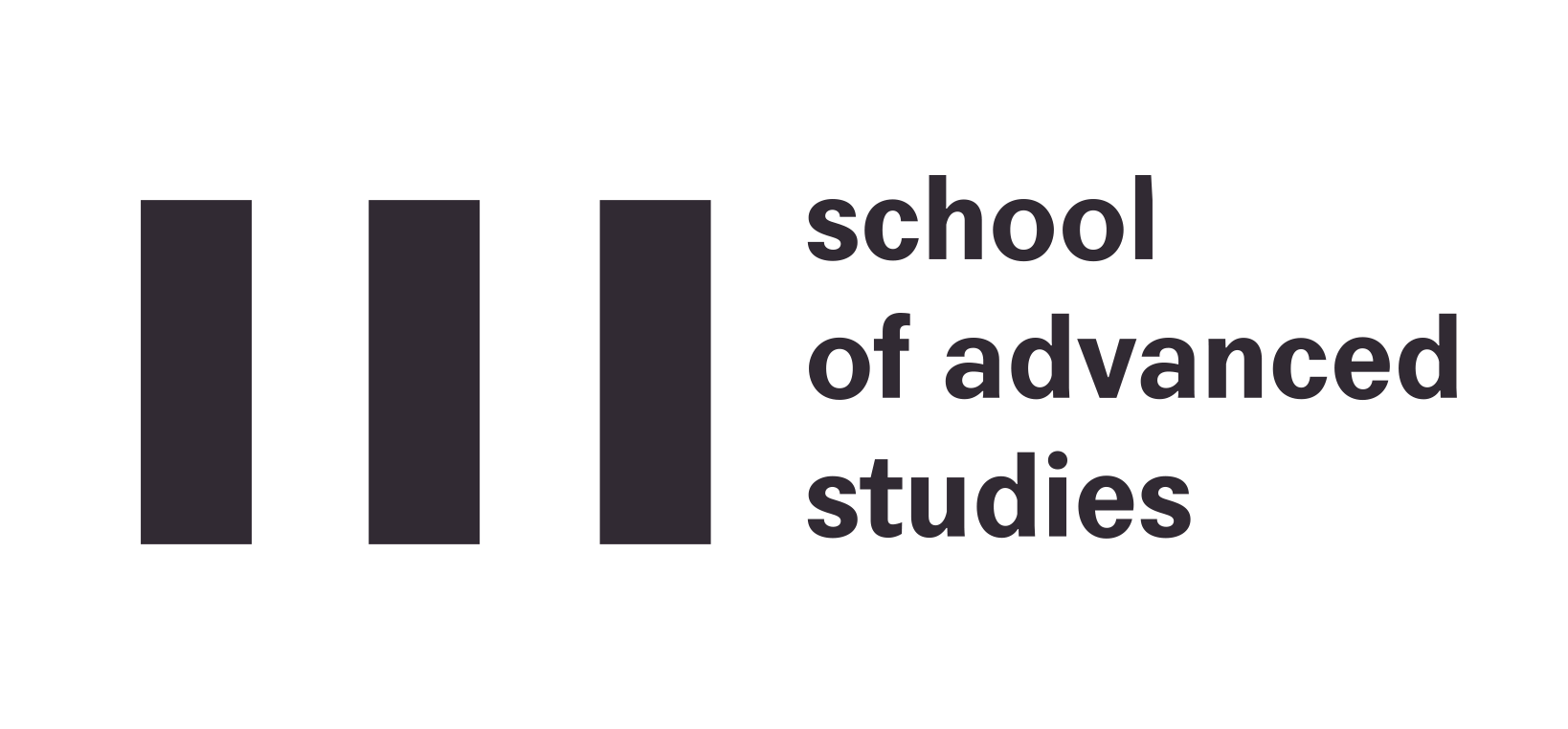Находясь на сайте, вы даете согласие на обработку файлов cookie. Это необходимо для более стабильной работы сайта
hi! great to see you again! in this material i want to talk to you about two important environmental concepts
Share the longread


A concept of organism and milieu

the concept of the organism and the milieu is the idea that all organisms see, know and shape their environment based on senses: hearing, sight, smell, touch, taste, balance, physical presence, mental fantasy. Altogether we can call it ecological awareness

From "Shangri-la" we've learnt that technologies transform ecological habitation, this changes how you sense, feel and know the world. People have transformed the environment they live in:
 buildings – simple environmental modifications provide shelter for humansIn "Shangri-la" buildings, sea walls, environmental suits and even clothes are human containing technologies transforming our ecological relations and ecological awareness
buildings – simple environmental modifications provide shelter for humansIn "Shangri-la" buildings, sea walls, environmental suits and even clothes are human containing technologies transforming our ecological relations and ecological awareness rivers and canals are modified for transportation use, they extend cities to bring goods, food, resourcesPolitical influence and economic power of the city can be traced in its rivers, canals and shipping routes
rivers and canals are modified for transportation use, they extend cities to bring goods, food, resourcesPolitical influence and economic power of the city can be traced in its rivers, canals and shipping routes electricity has helped to transform darkness into light, cold into heat and vice versaIn an attempt to control the climate, we've caused its uncontrolled changes
electricity has helped to transform darkness into light, cold into heat and vice versaIn an attempt to control the climate, we've caused its uncontrolled changes

a method of actor-network tracing
the actor-network tracing method is developed by sociologists Michel Callon, Bruno Latour and John Law. this method helps with tracing relationships in the geography, political power and economic influence.
We can trace them in the rivers and roads. Humans and their technologies have transformed the milieu, land and environments. for more information check John Law's paper: Actor Network Theory and Material Semiotics

Now Think about where you live. What actor-networks can you trace? Can you think of anywhere in your environment that hasn't been transformed by human-technological relations?
Now Think about where you live. What actor-networks can you trace? Can you think of anywhere in your environment that hasn't been transformed by human-technological relations?



- Law, John. Material Semiotics. version of 30th January 2019. heterogeneities.net
Material semiotics is a set of approaches to social analysis that includes actor-network theory, feminist material semiotics, the successor projects to both these traditions, and a range of related lines of work in disciplines including social and cultural anthropology, cultural studies, post-colonial studies, and geography. There are substantial differences both between these traditions, and among the authors within each tradition, and it has also changed radically since it came into being in the 1980s - Law, John. Actor Network Theory and Material Semiotics. version of 25th April 2007, heterogeneities.net
Actor-network theory is a disparate family of material-semiotic tools, sensibilities and methods of analysis that treat everything in the social and natural worlds as a continuously generated effect of the webs of relations within which they are located. It assumes that nothing has reality or form outside the enactment of those relations. Its studies explore and characterise the webs and the practices that carry them. Like other material-semiotic approaches, the actor-network approach thus describes the enactment of materially and discursively heterogeneous relations that produce and reshuffle all kinds of actors including objects, subjects, human beings, machines, animals, 'nature', ideas, organisations, inequalities, scale and sizes, and geographical arrangements
JOIN THE COURSE CHAT!









